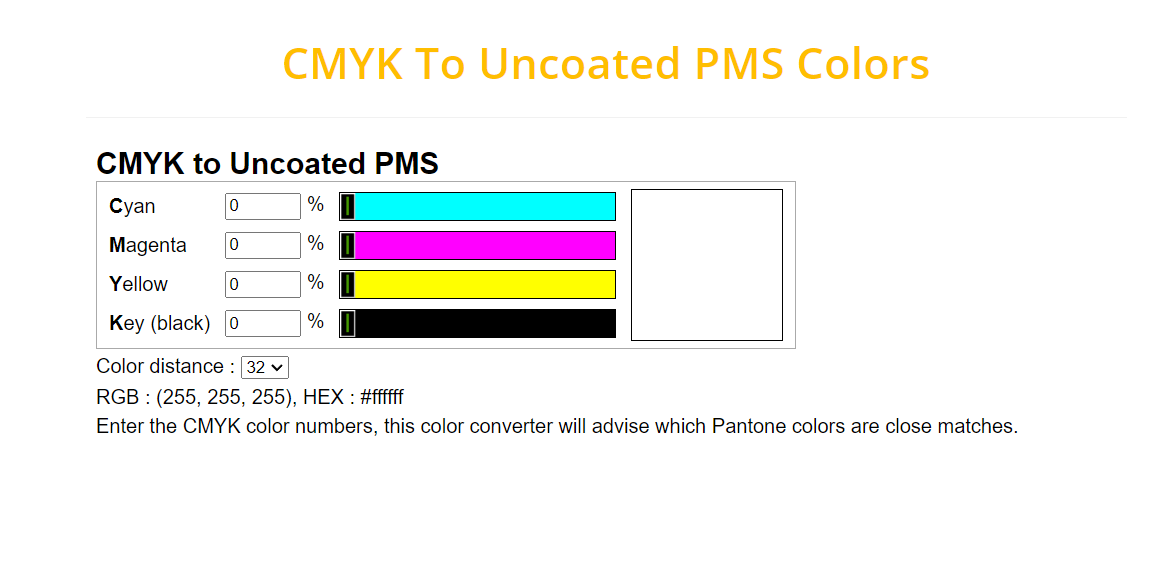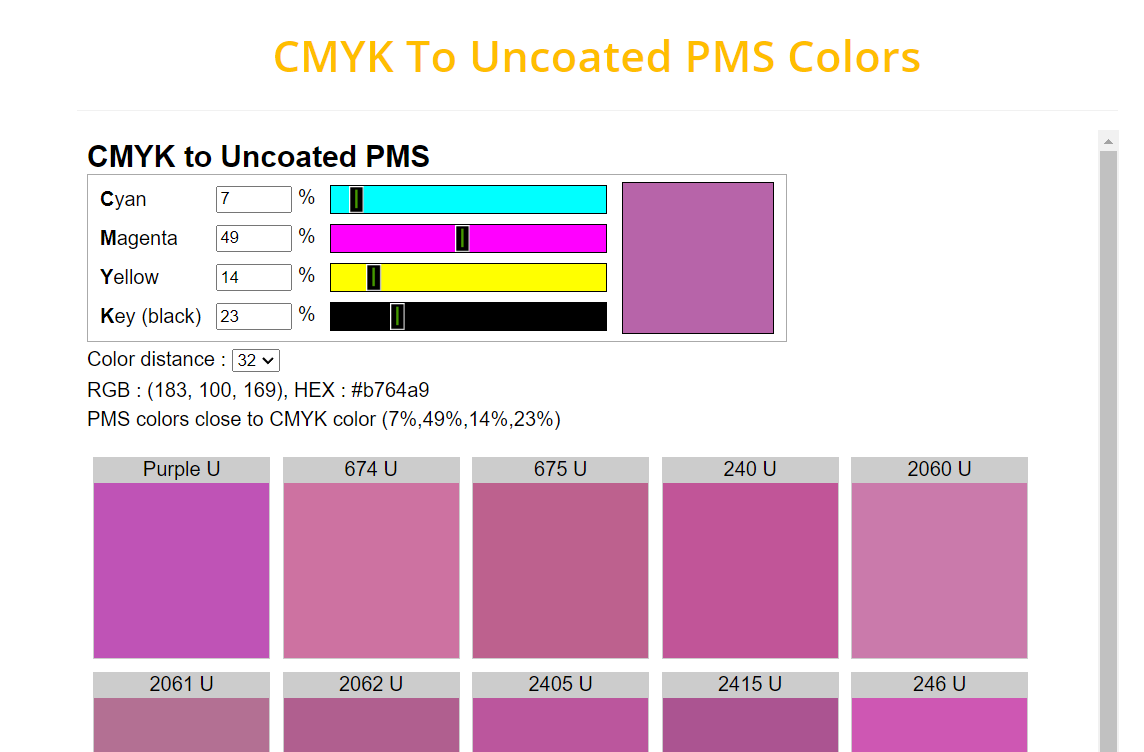Understanding Color Systems
Navigating the Rainbow: CMYK to Uncoated PMS Colors
In this colorful world, how we move between different color systems is important for creating visually interesting objects. One common problem faced by designers is changing CMYK colors (used mainly for print) to Uncoated PMS (Pantone Matching System) colors. This change is important in order to maintain consistency in the correct color application, especially in various printing processes. We shall examine some of the basic principles of these color systems, how they can be converted from one to another and why correct color representation matters.
What are CMYK and PMS?
CMYK Overview
- Cyan – less red light.
- Magenta – less green light.
- Yellow – less blue light.
- Black (Key) – more depth and detail.
These four colors combine to give a wide range of hues. However, it varies depending on the printing process as well as the type of paper used.
How To Unlock Uncoated PMS Colors
Pantone Matching System (PMS) is a standardization system for specifying colors that are very precise for designers.
In the uncoated PMS colors, one’s colors are printed on uncoated paper stocks that absorb inks differently from coated stocks.
Overview of Color Systems
Here is an overview of the major differences between color systems; CMYK, RGB and PMS.
It is important to understand how colors relate to each other in order to remain consistent with the brand.
“Color consistency is key to effective branding. Transitioning correctly between color systems can make or break a design project.”
To Convert CMYK into Uncoated PMS: The Process
- Evaluate Your CMYK ValuesStart by finding out the desired values you want converted from CMYK one’s design software though check if they are right in relation to the type of project and printing process being used.
- Utilize Conversion ResourcesAdobe Color, Pantone Color Bridge or Pantone own guides are some examples of such resources which offer visual comparison between CMYK and PMS colors.As such, there are some charts that have been developed so as to show common CMYK values together with their respective PMS equivalents thereby providing quick references.
- Preliminary PrintsMake a trial print after your first conversion. Colors may look different when printed on uncoated paper because it absorbs more ink.
- Fine-Tune and FinalizeWork with your chosen PMS color to make it align well with the desired output. Sometimes the nearest PMS color from the conversion may require changes to be made as far as matching other elements in a design is concerned.
Practical Hints for Precise Color Conversion
Getting accurate color representation calls for vigilance and an understanding of how colors behave. Here are some practical tips to consider:
- Use Quality Design Software: The likes of Adobe Illustrator, Photoshop allow right CMYK and PMS manipulation of colors.
- Consult Printers: Talking to your printer can enlighten you on how certain colors will differ on their particular machines used in printing.
- Color Trends Knowledge: The taste for colors changes over time, so keep an eye on Pantone’s Colour of the Year and design trends in general.
The Importance of Color Accuracy in Design
Design has more at stake with colors than just appealing visuals; perceptions and feelings are altered by them. In branding and marketing:
- Brand Identity: Using consistent colors across all marketing materials helps build a recognizable brand identity.
- Emotional Connection: Different colors bring out different emotions.
“Your choice of color can tell a story. If you want to maintain this narrative, your color transitions must be accurate.”
Summary
Designers who strive for color fidelity in their projects need to be familiar with CMYK and Uncoated PMS (Pantone Matching System) conversion. By knowing both color systems and having the right tools, you can ensure that your designs are bright and strong across all media. Do not forget that it takes time to do this process but it is worth it as it will make your product outstanding and strengthen its branding language visually.
Hence, when next you find yourself in the design trenches, embrace the intricacies of color conversion and witness breathtaking accuracy in your innovations!
And if you want additional information or resources, Pantone has a massive collection of colors as well as conversion tools on their website that would help refine your coloring skills even more than before.


